CLEANING AND CARE TIPS
If you buy a Kolini piece of furniture, then you decide on a high-quality piece of furniture. Careful care is required to maintain the high quality of our furniture. In the following we would therefore like to inform you about the general properties of our furniture and give you more detailed information as well as cleaning and care instructions.
Upholstered furniture
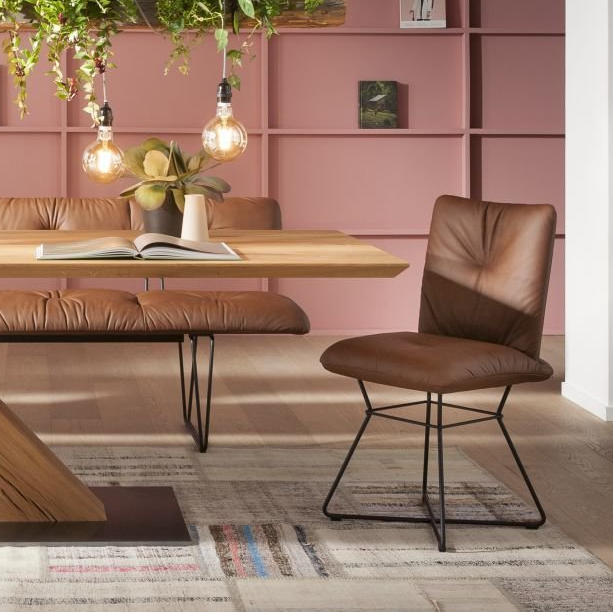
Types of upholstery
Light upholstery
With this type of upholstery, the cover is not tightly connected to the upholstery throughout, resulting in a slightly wavy surface. The piece of furniture is considered soft and cuddly. In this case, the formation of waves does not represent a quality defect.
Tight upholstery
The cover is stretched tightly over the upholstery and connected. Excessive wave formation is thus avoided.
Whether loose or tight upholstery:
In the first few months, the seat surfaces become a little softer and more elastic because the upholstery foams lose their initial rigidity. This decrease in seat firmness is normal with new upholstered furniture.
The following applies: The larger the upholstered areas, the stronger the formation of waves or hollows.
Tip: Changing your regular seat from time to time or exchanging the cushions means that the seat cushions are stressed more evenly. It also helps to smooth out the waves on the seat after use.
Upholstered cushions
Here, too, the cover materials can wrinkle. This is a feature of high-quality cushions with chamber upholstery and is therefore not a reason for complaint.
Tip: Regular shaking of the loose cushions (first compress them, then fold them and then tap them) helps to bring the cushions back into shape.
Armrests
The armrests are not only important as armrests, they are also important for the look or the design of the piece of furniture. Their resilience is not designed to support the weight of a full-grown person, so it is generally not advisable to sit on the armrest.
Tip: As a rule, the load on an armrest is designed for 40 kg.
Covers
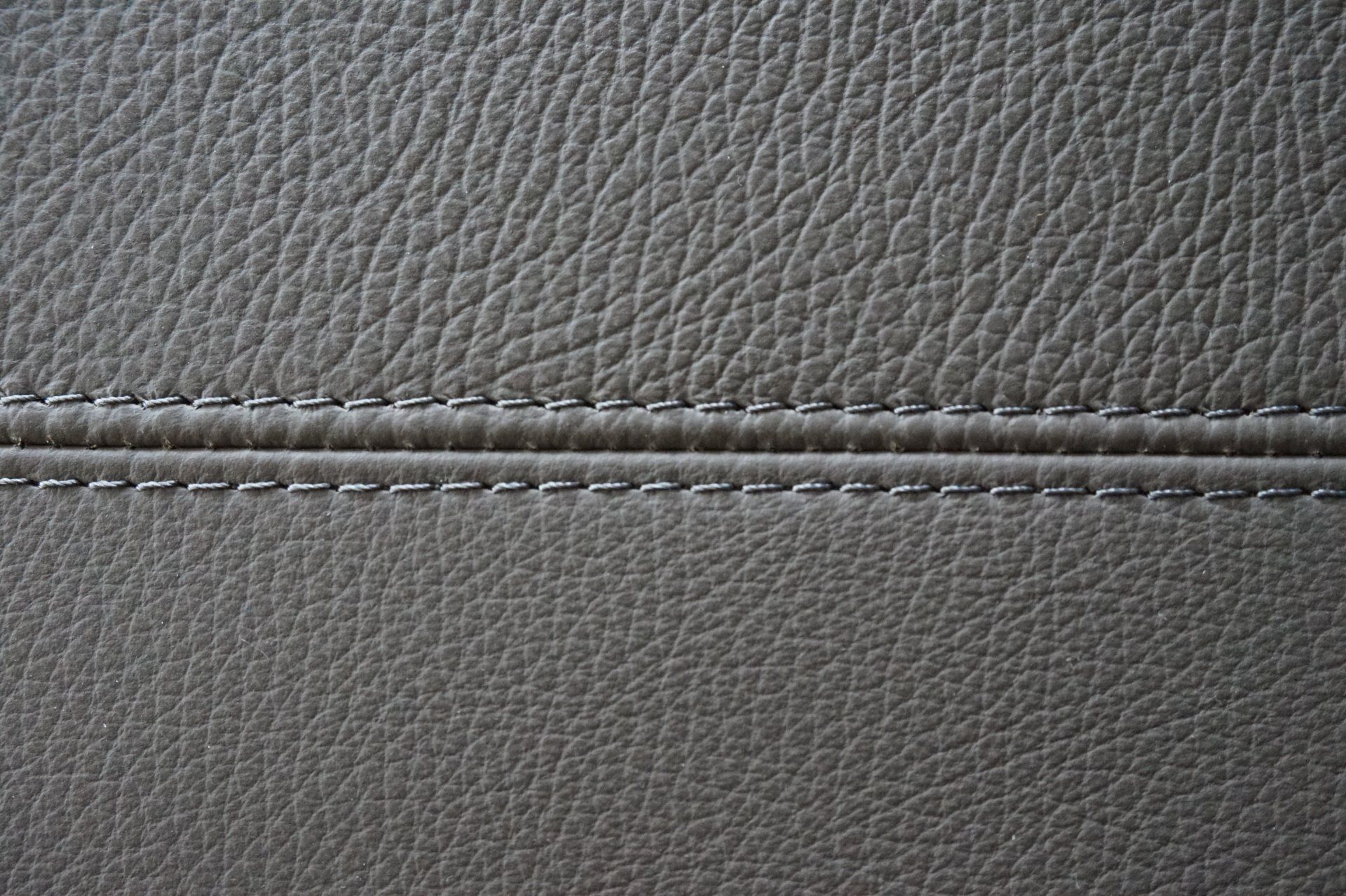
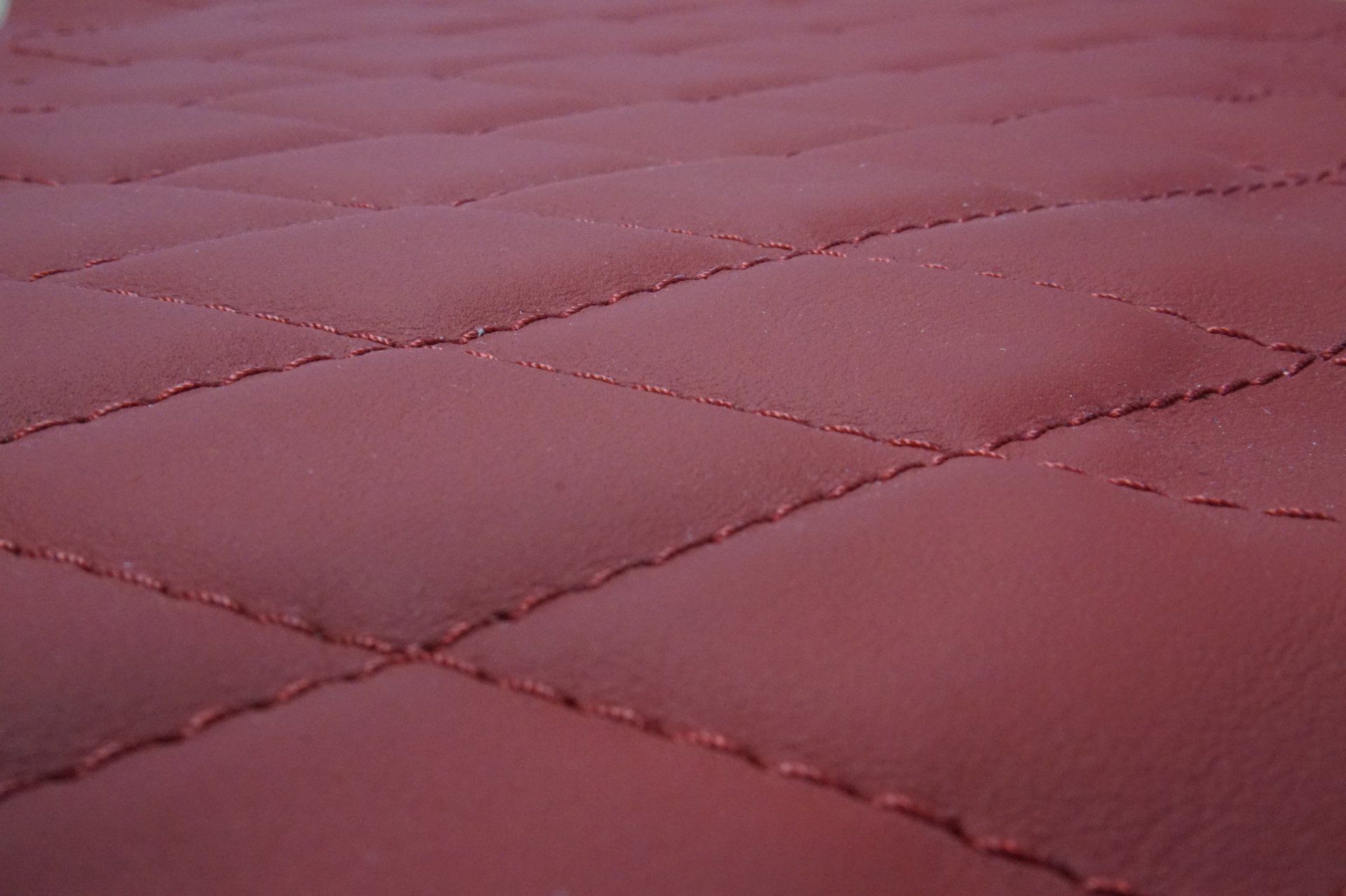
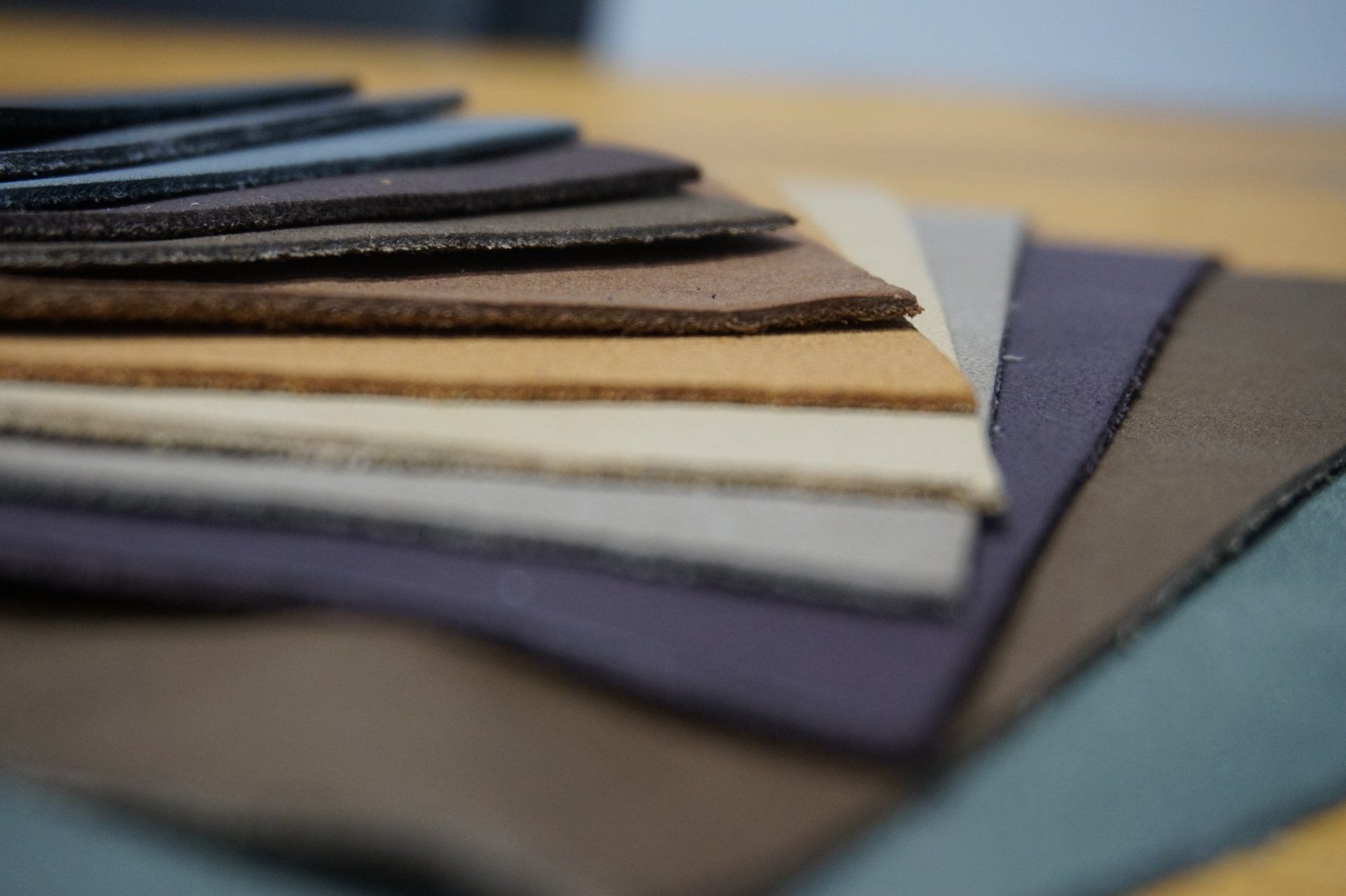
The intensity and duration of use are decisive for the wear and tear of the cover materials used. The following can damage the upholstery materials:
- bracelets, rings, watches
- purses and keys in the back pocket
- zippers, rivets, patch pockets
- jeans
- claws and beaks of pets
- shoes on the upholstery
- exposure to strong light and heat
- crumbs between the upholstery
Tip: Never place the furniture directly in front of the heater and avoid direct sunlight.
Leather
Leather is an individual and very durable natural product. Tanning turns cowhide into leather.
Due to the individuality of the creatures that have lived in the most diverse conditions, the surface structures of the leather can also vary. Insect bites or animal injuries leave their mark on the leather, for example in the form of scars or skin folds.
After tanning, the leather is treated with dyes and fats until it has the desired suppleness, softness and color. Fine color deviations are not material defects, but proof of the naturalness of this product. Depending on the weather, leather can change not only in color but also in its shape.
In the last step, depending on the type of leather, the surface is finished with pigmented colors and treated with dirt-repellent impregnations and/or waxes to give the leather the necessary protection.
Depending on the tanning method, dyeing and surface treatment, leather initially has a product-typical smell, which decreases within a few weeks.
Tip: Ventilation can significantly speed up odor reduction.
Types of leather
Semi-aniline leather
With this type of leather, the leather is given a light layer of color pigments and a finish after it has been dyed. The natural features appear a little less as a result. The leather is easy to clean and relatively insensitive to light.
Aniline leather
The surface of the leather is given a transparent finish so that all natural structures and colors remain recognizable. This leads to a lively look, but the protection against dirt and light is lower than with semi-aniline leather.
Wax leather
In this case, the finish consists of a layer of wax, which gives the leather an elegant sheen. The cleaning effort for this type of leather is low and a subsequent application of wax can easily freshen up the look of the leather.
Blank leather
Blank leather differs from other types of leather in the tanning and dyeing process. Only a light pigmentation is applied to the surface and the leather remains stable and dimensionally stable due to the low fat content.
Cleaning
- Small soiling can be removed by wiping with a damp (not wet) terry towel or leather cleaning sponge. Always avoid vigorous rubbing.
- Remove stubborn dirt such as leftover food with a blunt, flat object (e.g. spoon, wooden spatula). We then recommend cleaning with a leather cleaner.
- Grease stains should be soaked up with an absorbent cloth or paper towel. The residual fat soaks into the leather over time.
Maintenance
- Regularly vacuum up crumbs and sand with the blunt nozzle of the vacuum cleaner.
- Dust furniture every two months with a soft cloth or leather care cloth.
- Never use stain removers, shoe polish, solvents, floor wax, cosmetics or other unsuitable products.
- Treat furniture once or twice a year with a leather care product. (In the case of light-colored leather or for reasons of hygiene (e.g. pets) also more frequently)
-Soak up liquids immediately with a dry terry towel or kitchen paper without rubbing.
Tip: Depending on the type of leather, appropriate cleaning and care products are recommended, which should be used according to their respective description. It makes sense to test this first on a hidden part of the furniture.
Alcantara
Alcantara is easy to care for and remains beautiful for a long time with a gentle treatment with water. No chemical cleaning agents should be used and excessive rubbing should be avoided.
Tip: For stubborn dirt, we recommend an appropriate textile care set, which should first be tested on a hidden area of the upholstered furniture.
Fabrics
Fabrics require regular care. A simple cleaning with a vacuum cleaner every two weeks makes sense for this.
Stains should be removed immediately with carbonated water or curd or gall soap. In general, the same applies here: dab instead of rubbing.
Tip: For stubborn dirt, we recommend an appropriate textile care set, which should first be tested on a hidden area of the upholstered furniture.
Solid wood
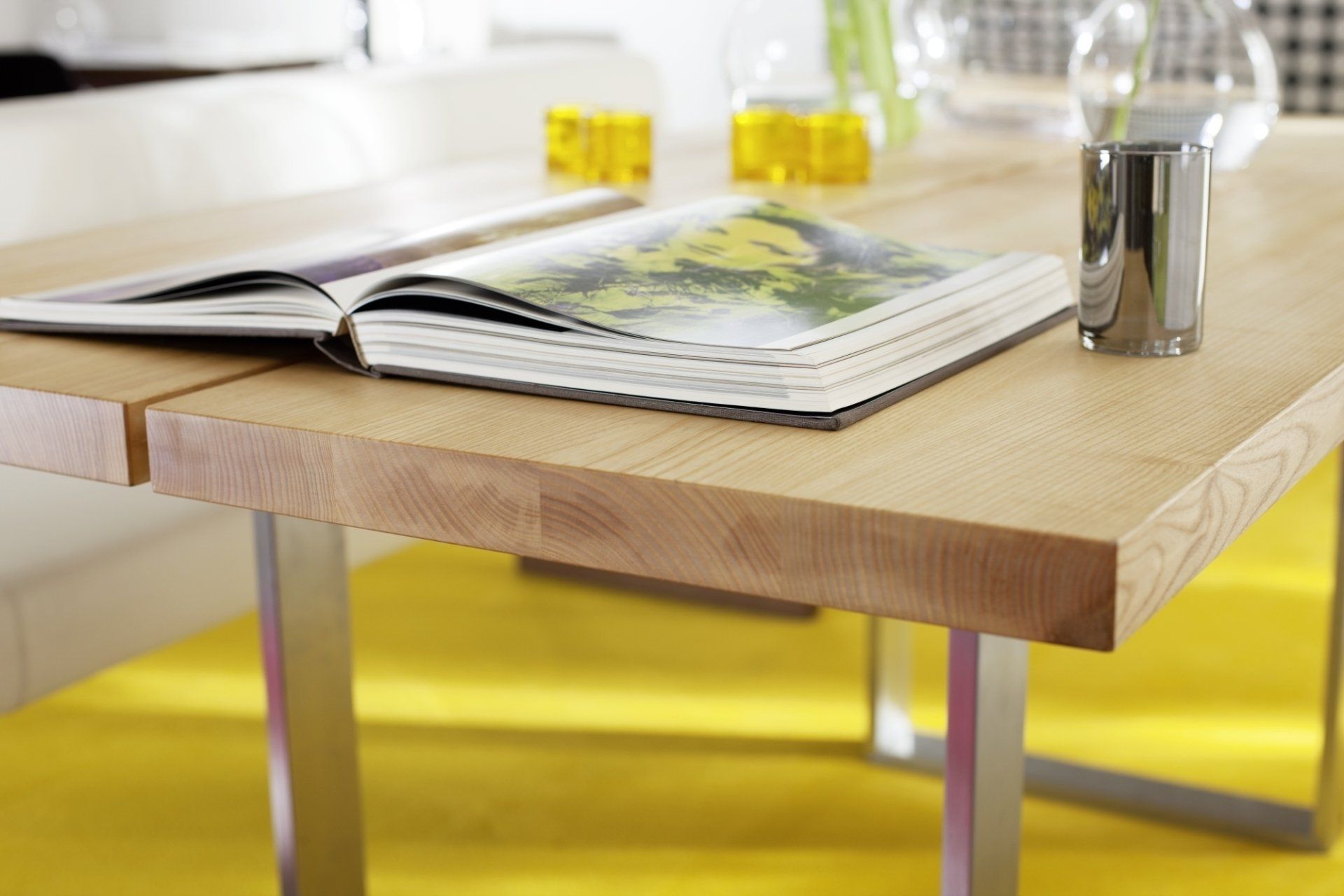
Just like leather, solid wood is a high-quality natural product. As a rule, solid wood surfaces are provided with a high-quality varnish or a durable hard wax seal to prevent damage from water, oils, alcohol and other contaminants.
Cleaning
Do not use acids, alkaline cleaning agents, scouring agents, steel wool, scouring pads, microfiber cloths or similar.
- The use of pointed or sharp objects (e.g. knives) as well as hot or damp objects can damage the surface.
- In the first 12 weeks, solid wood should only be cleaned if stains form.
- Liquids of any kind should always be removed immediately with a soft, absorbent cloth.
- Following the 12 weeks, the surface should be wiped regularly with a soft, slightly damp (not wet) cleaning cloth. Then rub the surface dry.
Care
Care of the surface is generally required no earlier than 12 months after purchasing the furniture. The surface should be re-oiled as soon as it appears dry and rough. We recommend using an appropriate care set according to the respective description.
Chromed metal
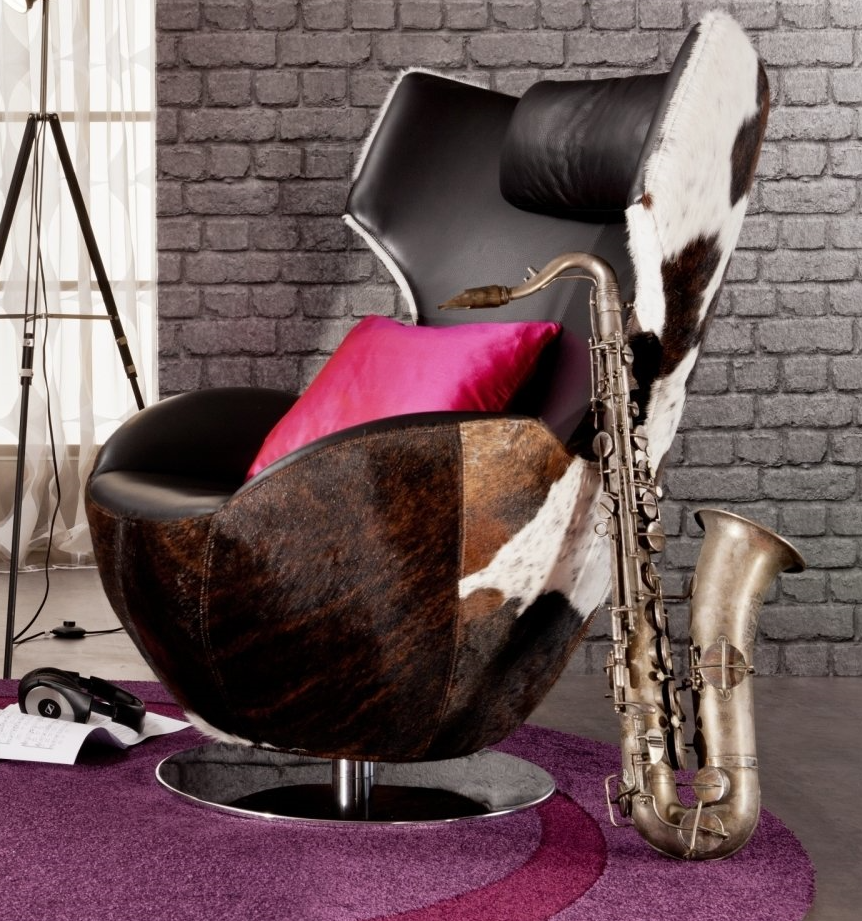
Chrome-plated metal has a galvanically refined surface and thus offers special protection against mechanical stress. It also gives the furniture an elegant look.
Variants
High-gloss chrome-plated
Brushed matt chrome-plated
Velor matt chrome-plated
Cleaning
- Do not use acids, alkaline cleaning agents, scouring agents, steel wool, scouring pads or similar.
- The use of pointed or sharp objects (e.g. knives) can damage the surface.
- Light soiling can best be cleaned with a soft cloth and water to which a neutral household detergent has been added. The chrome-plated metal parts should then be washed off with cold or lukewarm water and then polished with a dry cloth.
Care
Chrome-plated metal parts should be dusted regularly with a soft cloth.
Aluminium

Types of aluminum
Anodized aluminum
Covered with an anodized layer to protect against contamination. (Caution: Acids, alkalis, lime water or the like will destroy the anodized layer)
Polished die-cast aluminum
A smoothing fine machining process is used for finishing.
Cleaning
- Do not use acids, alkaline cleaners, agents with bleaching additives (e.g. lemon), scouring agents, steel wool, scouring pads or similar.
- The use of pointed or sharp objects (e.g. knives) can damage the surface.
- Light soiling can best be removed with a soft, damp cloth and a neutral household cleaner. Then wipe with a dry cloth to obtain an even, streak-free surface.
- Use solvent-free cleaning products for stubborn dirt. We recommend testing this on a hidden spot first.
Care
Aluminum surfaces should be dusted regularly with a soft cloth.
Powder coated metal
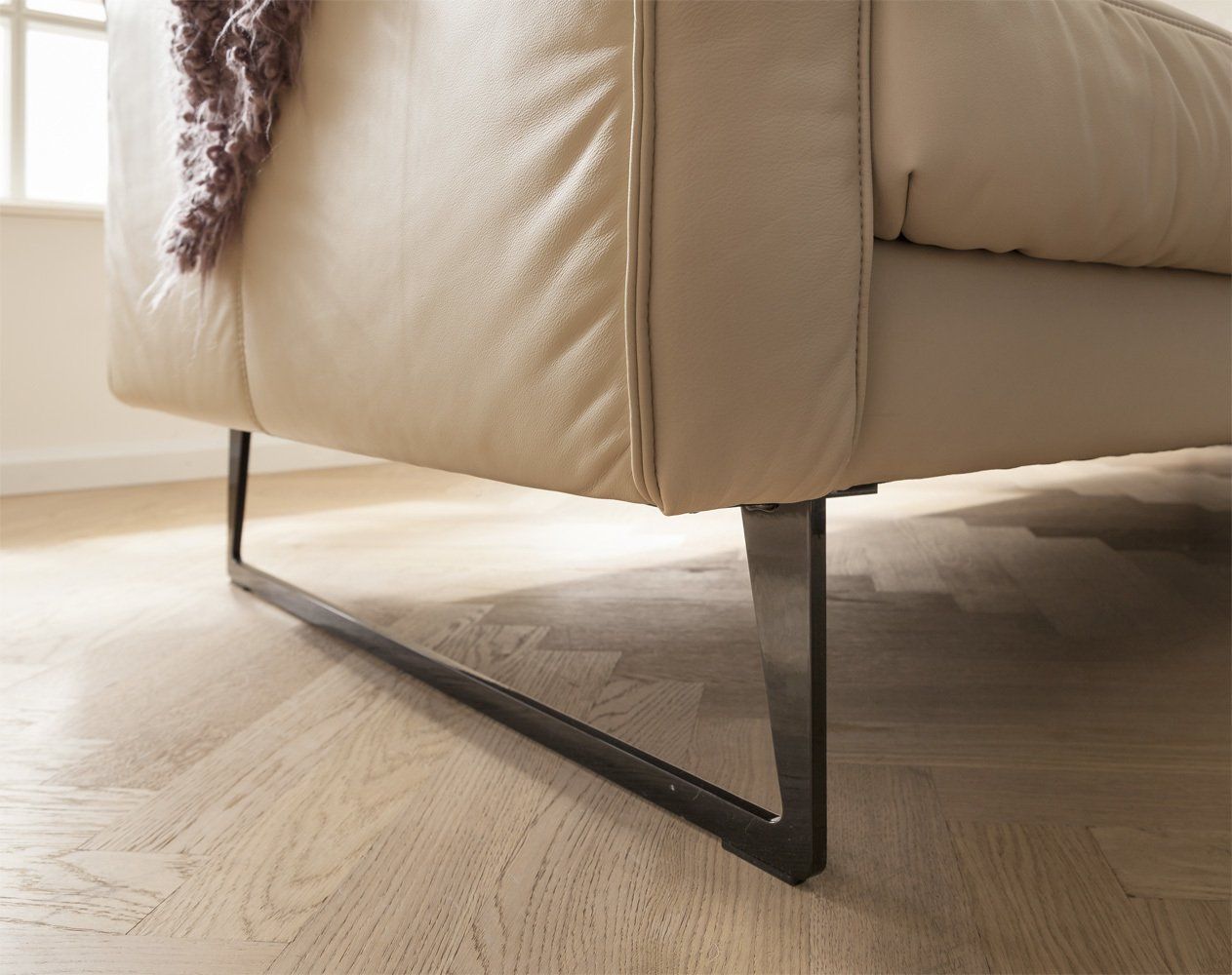
The matt surface ensures a special look.
Cleaning
- Do not use acids, alkaline cleaners, agents with bleaching additives (e.g. lemon), scouring agents, steel wool, scouring pads or similar.
- The use of pointed or sharp objects (e.g. knives) as well as hot or damp objects can damage the surface.
- It is best to remove light soiling with a soft cloth and water to which a neutral household cleaner has been added. The powder-coated metal parts should then be washed off with cold or lukewarm water and then polished with a dry cloth.
Care
Powder-coated metal parts should be dusted regularly with a soft cloth.
Black chrome metal
This type of metal surface is used for decorative refinement and allows fine reflections.
Cleaning
- Do not use acids, alkaline cleaners, agents with bleaching additives (e.g. lemon), scouring agents, steel wool, scouring pads or similar.
- The use of pointed or sharp objects (e.g. knives) can damage the surface.
- Dirt should be removed immediately. We recommend using a dry cloth for this.
- Heavier soiling can best be removed with a soft cloth and a little water to which a neutral household cleaner has been added. Then wash the chrome-plated metal parts with cold or lukewarm distilled water and then carefully rub the surface dry with a cloth.
- In the event that the black-chrome parts tarnish over time, a slightly damp, soft cloth with a few drops of standard washing-up liquid should be used for cleaning. The surface should be rubbed with pressure. Then rub with cold or lukewarm distilled water and then carefully rub the surface dry with a cloth.
Care
Black-chrome metal parts should be rubbed down regularly with a soft cloth.


